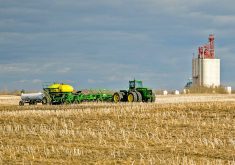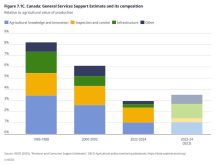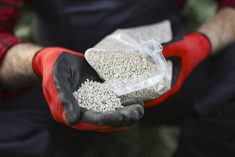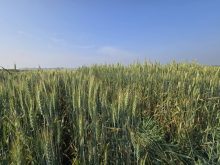Demand for fertilizer by western Canadian farmers looks solid ahead of spring planting. Supportive commodity prices are encouraging farmers to buy fertilizer in order to maximize yield potential in their crops this spring. However, challenges remain in some areas due to last spring’s wet conditions.
Doug Chorney, president of the Keystone Agricultural Producers in Manitoba, said higher commodity prices have resulted in farmers locking in fertilizer needs before planting.
Increased fertilizer costs are a concern to Manitoba farmers, Chorney said. Prices for hydrous ammonia fertilizer have dramatically increased in a year and a half from $650 per tonne in the fall of 2010 to currently $1,050 per tonne, he said.
Read Also
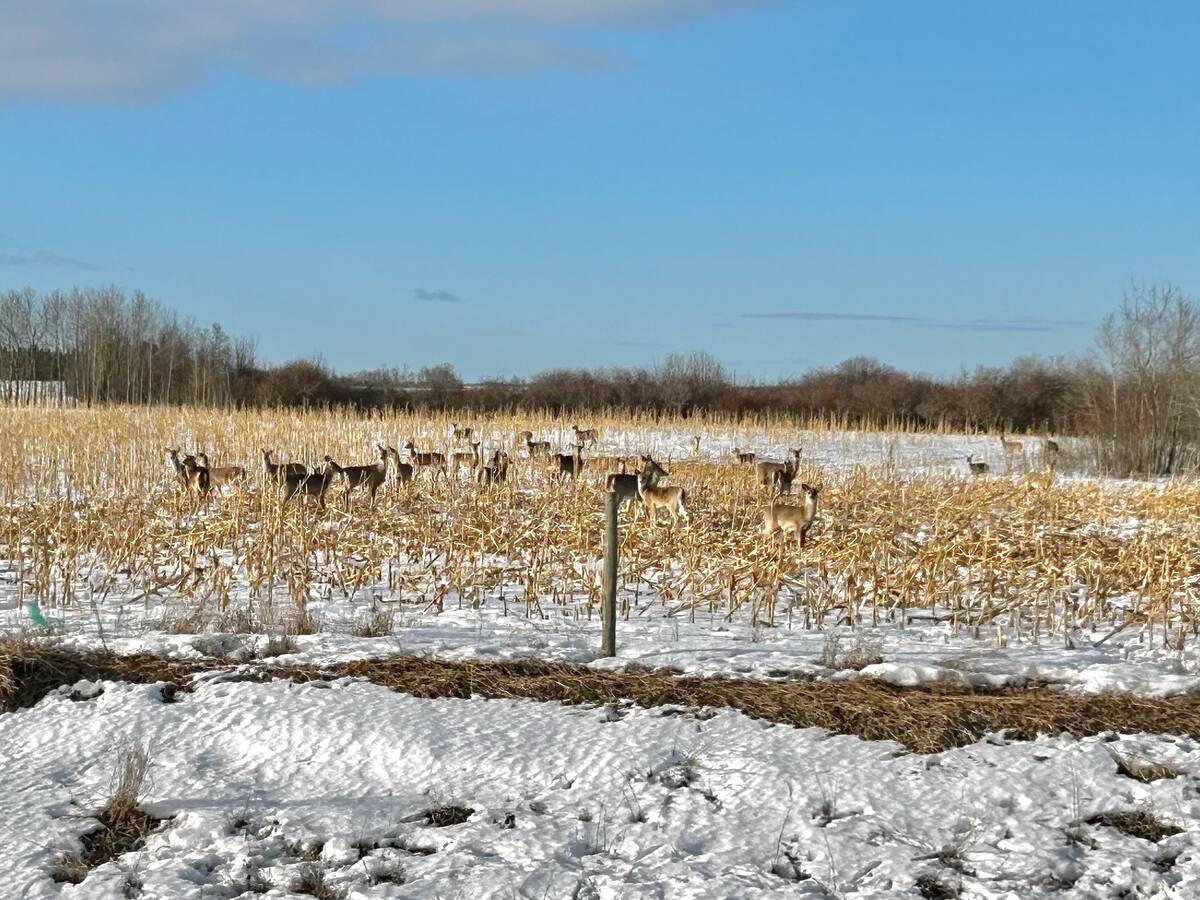
Manitoba launches CWD tracking tool
A newly launched digital dashboard allows hunters to track where chronic wasting disease has been confirmed in Manitoba
In response, farmers may choose crops that require less nitrogen-based fertilizer, including soybeans, Chorney said.
In Alberta, fertilizer demand is strong, as farmers look forward to a productive planting season, said Humphrey Banack, vice-president of the Wildrose Agricultural Producers Association in Alberta.
Banack said firm commodity values have resulted in Alberta farmers locking in fertilizer before spring planting in the hopes of achieving improved yield potential, he said.
Norm Hall, president of the Agricultural Producers of Saskatchewan said he expects farmers in western Saskatchewan to purchase more fertilizer in order to replenish depleted ground nutrients after last year’s successful harvest in that section of the province.
Last spring’s wet conditions in eastern Saskatchewan washed away much of the nitrogen in the soil, Hall said. That’s created a need for nitrogen fertilizer headed into the spring, he said. However, reduced farmer income, due to last year’s disappointing crop, may limit what fertilizer farmers can buy in that region, he said.
Hall expects more canola grown this season compared to wheat in Saskatchewan due to its higher profit potential. That increased interest in canola is also adding towards fertilizer demand, he said.


